A film’s aesthetic and visual palette can largely determine its mood, feel and even themes. Production, costume and art design all massively contribute to a film’s look, as well as the cinematography and directorial choices. Some filmmakers use visual extravagance and excess for no real point, making their films feel emotionally vapid and pointlessly indulgent (Baz Luhrman and Tarsem Singh come to mind), but when a filmmaker can really utilize those colors and visual allure to bring out emotions, set a mood and give their work personality, it’s always a treat.
That’s not to say all great movies have to be doused in bright colors, but sometimes the visual experience a film offers has just as much to do with its quality as the characters, story or dialog. The better a film looks and the more exciting it is to the eye, the more memorable and stimulating the film is – as long as it has the other elements of a good movie to back up that atheistic. Here are fifteen films with unusually striking, beautiful color palettes.
15. The Act of Killing
A documentary about Indonesian death squads is probably not the film that would first come to mind when thinking about beautiful colors. However, 2013’s one-of-a-kind The Act of Killing is full of unexpected colors, and what makes those colors so special is that they serve as a backdrop for horrific reenactments by the death-squad leaders.
This anomalous film is very hard to describe, but its intense images are one of the stand-out features of the film. A line of pink-dressed women emerging from the mouth of a giant fish is one reoccurring and unforgettable image in The Act of Killing – a rare documentary that is emotional, surreal and sickening all at once.
14. Spring Breakers
Spring Breakers is a love-it or hate-it experience. What looks on paper like any other cliché teenagers-partying film, is actually a scathing indictment of America’s shallow society and youth depravity. One of the more unconventional films in recent memory, Spring Breakers is in part so memorable because of its neon haze of colors and skewed editing style. Photographed by Belgium cinematographer Benoit Debie, this is a film worth seeing just for the interesting visual experience, which possibly the best part of Spring Breakers.
13. 2046
2046 is one of Wong Kar Wai’s most bizarre, mystifying and seductive films. And that’s saying a lot when talking about this director. No Wong Kar Wai film is not beautiful, and it was hard to choose between Chungking Express, In the Mood For Love and 2046 for this spot. All of his films are visually unique and experimental, but we decided to go with 2046 because it’s the director’s most ambitious and mysterious endeavor, as well as one of his least accessible.
This is a movie that looks and feels as if it takes place in both the future and the past. It’s even replete with a strange and somewhat-out-of-place sci-fi interlude/subplot.The beauty of the aesthetic though, is that nothing is visually consistent about it.
12. Scott Pilgrim vs. the World
This is just a fun movie in every way. The colors really stand out and take a forefront in this comic-book adapted tale, but in the best way possible. Scott’s love-interest, Ramona Flowers, changes her hair color throughout the film – the hues of her head, as well as of the characters’ clothing, and later on – weapons, are vivid and delightful to look at, and the video game animations that pop up throughout are hilarious and clever. The bright and almost-primary colors of Scott Pilgrim are very important to its story, and also help it achieve its comic-inspired feel.
11. Her
Most future-set movies depict a drabby, grey, dump of a world that humans have left in their wake. If you’re looking for a more optimistic vision of how the world might look in the future, consider Her – instead of Children of Men or WALL-E. Not only is everything pristine and clean in the world of Spike Jonze’s latest, but there are also a lot of red.
Apparently, everyone will become very attracted to the color red in the next few decades. Luckily though, Hoyte Van Hoytema shoots these rouge hues beautifully, and creates images both haunting and hypnotic. Her not only proved that Spike Jonze can work without a Charlie Kauffman script, but also that he can be a wonderful visual director.
10. O Brother Where Art Thou?
Usually when you think of a beautiful color palate, bight, vivid colors come to mind. However, as demonstrated with the Coen brothers’ O Brother Where Art Thou?, a sepia-tinted Southern landscape can be just as visually rewarding. Roger Deakins is one of the most artful cinematographers working today, and O Brother is one his most successful collaborations with the Coen’s – who seem to be the directorial bread to his cinematographical butter.
The landscape shots are gorgeous, and what this film’s aesthetic captures best is the time period of the 30’s – wonderfully evoking the era with the precise production design and props, but also the colors.
9. The Dreamers
Bernardo Bertolucci is certainly a director of colors, and no better example of his pigmental-mastery than his 2003 sexual drama The Dreamers. The Dreamers is more of a motion painting than a motion picture. In part a valentine to Paris, this film captures the city so exquisitely, and so passionately.
What’s even more impressive though is how the camera almost seems to capture the emotion of love – with the striking shades of red, and the startling and unflinching images of an American’s sexual discoveries and awakenings in the city of love.
8. Volver
Pedro Almódovar loves red, and Volver is quite possibly the director’s much beautiful work. Red is the primary color here, and it is fully utilized in almost every scene – some of the most memorable being those of Penélope Cruz making Spanish food for a hungry film crew – simple actions such as chopping up a (reliably red) tomato become magical. Every shot is in this film is beautifully composed – bringing out every last color and backing up the story’s rich emotional core with a delicious color palate.
7. Amarcord
Amarcord is pure cinematic nostalgia; no surprise that the title translates to “to remember”. Federico Fellini’s warm recounting of the coastal Italian town that he grew up in is absurd, kind of sad, and evokes nostalgia so strongly that it may as well be a trip into Fellini’s mind. Amarcord is one of Il Maestro’s most personal and emotionally resonant pieces, as well as one of his most colorful and vivid, with the carnivalesque palette and colors ranging across the spectrum.
As an extra bonus, the film takes place over the course of all four seasons, which adds to the visual and color diversity. Spend two hours in Fellini’s childhood hometown, and it will make sense why he turned out such a brilliant artist.
6. Pierrot le Fou
One of Jean-Luc Godard’s most fun and romantic films is found in Pierrot le Fou. Pierrot le Fou was one of Godard’s first films in color, and it was made pretty clear that color he was meant to work with. The New Wave director absolutely went crazy here with the brilliant primary colors – capturing with ingenuity the spirit of the film and the attitudes of the characters. The wonderful visual style of this movie make it a joy to watch, and one of the most memorable and fondly thought-of products of the French New Wave.
5. Big Fish
Usually when you think of Tim Burton, you think of darker colors, with the occasional mixing in of bright ones. Like in Batman, which has an almost completely black/grey aesthetic, we havethe Joker, who is a character of the brightest possible colors. Big Fish however, is easily Burton’s most colorful and bright movie, and also one of his best. In fact, Big Fish is somehow very-much-so Tim Burton, while seemingly taking his signature aesthetic and turning it upside down.
One of the most beautiful and creative images in the film is of the main character sitting in a field of yellow flowers waiting for the girl of his dreams. This movie is deep-fried in the magical and surreal, and that is what makes it so special.
4. Amélie
Green. Red. Yellow. These three colors dominate the color scheme of Amélie, and they can certainly be found in every frame of the film. The titular character skipping stones on a pond is a beautiful, green-tinted image in the film, and such wonderful sights populate the world of Amélie.
This movie is one of the best and most interesting visual experiences ever put on film;the charming, quaint, magical feel of the movie has earned it a place as one of the most popular French films ever. The colors are absolutely essential to this unique and instantly likeable love story, and they really leave an impression far after the credits role.
3. Life of Pi
Ang Lee’s Life of Pi is one of the most visually miraculous films of the last decade, at least. Its artful employment of CGI and 3D brought to life some of the most gorgeous and dreamlike images and landscapes that you’ll ever see on film, and this beauty is only accented by the film’s potent themes of spirituality, friendship and storytelling.
The sea has never looked more mysterious and bright than here, and a surreal scene about halfway through the film of massive whale jumping up out of the water at night is one of the most breathtaking images of the film; the whale’s ethereal, glowing, eerie colors really bring out the majesty. The colors are overwhelming in this film, and to call its palette anything less than magnificent would be criminal.
2. Moonrise Kingdom
This is really a spot for Wes Anderson movies in general, but we decided that Moonrise Kingdom has the best color palette of them all. Anderson loves colors more than any director working today, and all of his films feature such bright and warm pastel colors that they practically defines them.
The camera work and colors make a Wes Anderson film instantly recognizable, and his cinematic atheistic is beautifully, fearlessly idiosyncratic. Moonrise Kingdom has a very vintage and nostalgic tinge to it, as well as a melancholic undercurrent. It’s a fun and magical adventure, but one that is lined with deeper understandings by the characters, and themes like the loss of innocence. The colors in Moonrise Kingdom are brilliant and serve a true purpose to the storytelling. The khaki scout uniforms and the contrasting hues of Suzy’s suitcases are couple of the many standout images in the film.
1. Three Colors trilogy
No films have ever better lived up to their titles than Blue, White and Red – the Three Colors trilogy by Krzysztof Kieslowski. It’s as if the director took the idea of making a film based off of a color, and ran with it. Nowhere in cinema will you find a more breathtaking, exhilarating orchestration of colors than in these three films. Red is probably the most powerful of the trilogy, and with literary every shot featuring something red, it is a truly impressive achievement.
The staggering use of the titular colors in their respective films makes for the most stunning and astonishing use of colors in movies. The colors bring out the emotions, define the settings, and just generally make for a visual experience that transcends stimulation and reaches cinematic heights that could ever be reached again. The Three Colors trilogy is one of the finest trilogies in cinema, and a lot of that legacy can be attributed to the marvelous visual accomplishment that these films embody.
Author Bio: Gavin Miller is a cinephile who keeps up the blog Cinefreakdude.tumblr.com
Read more at http://www.tasteofcinema.com
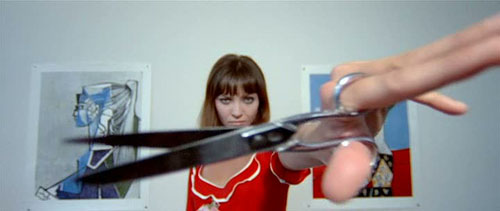
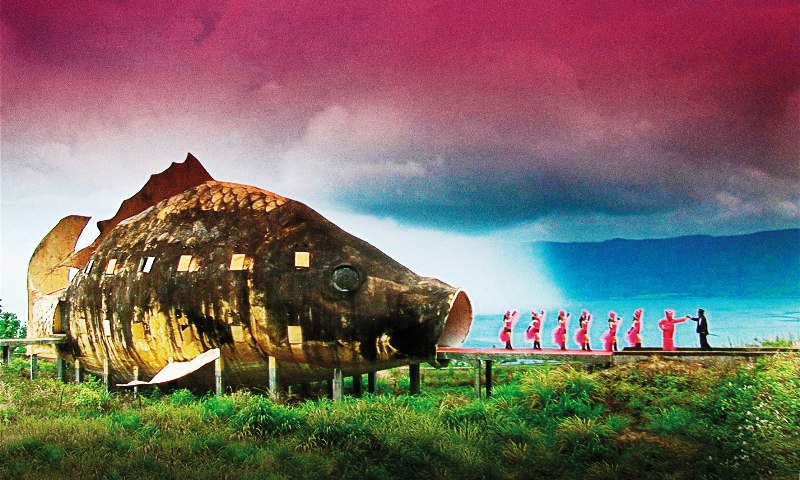
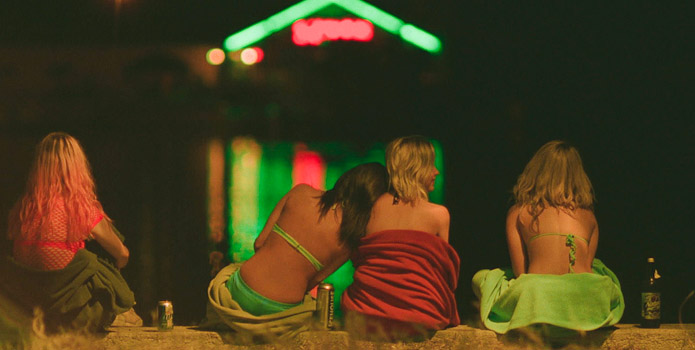

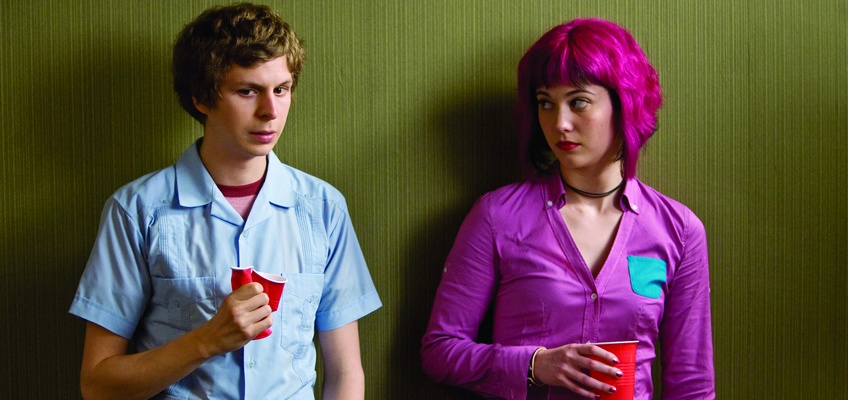
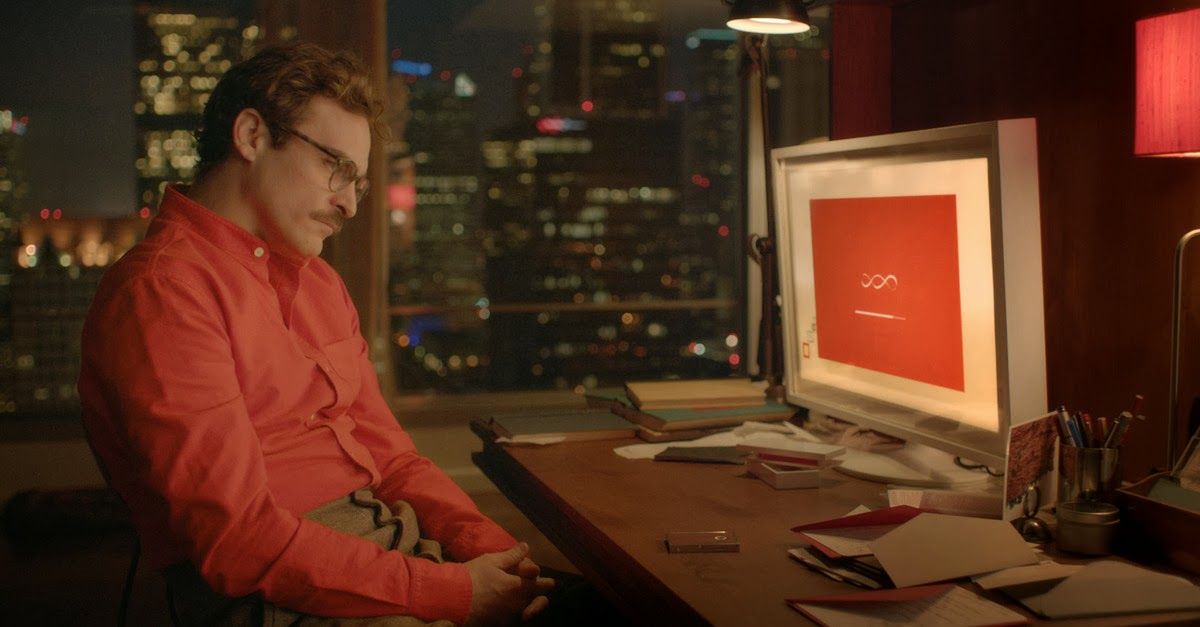
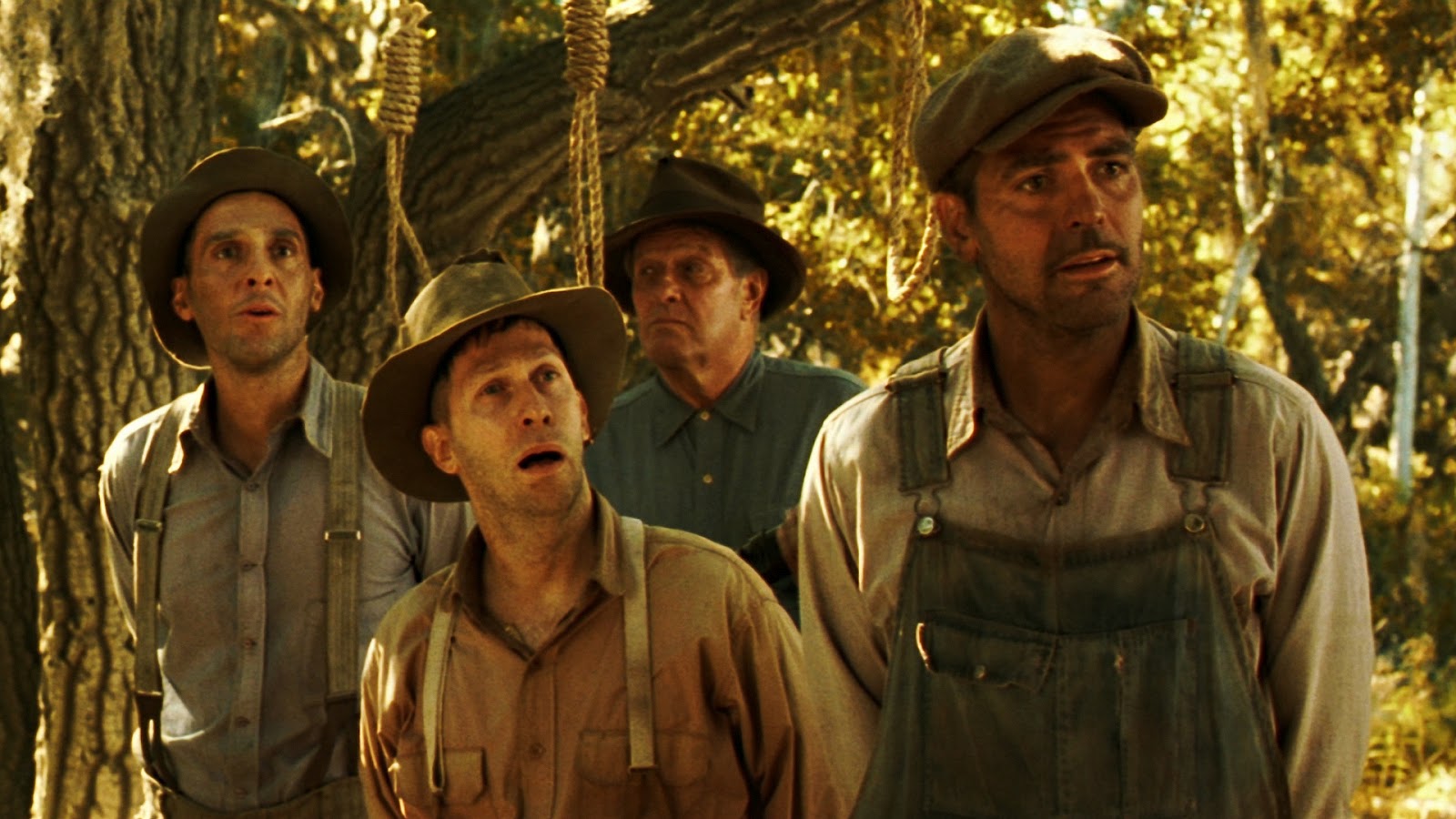
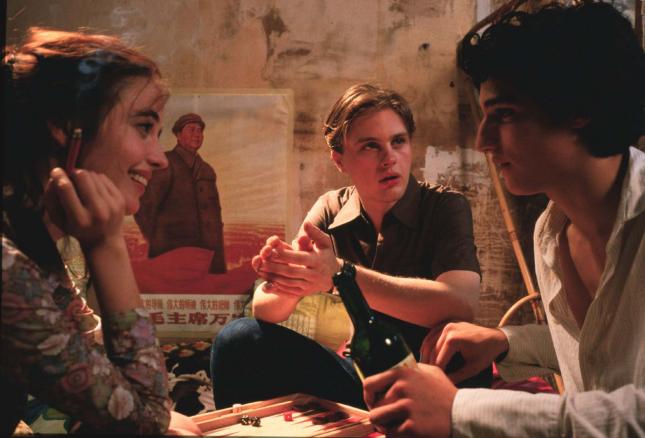
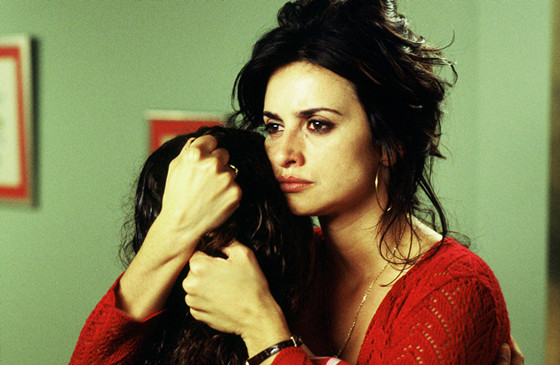
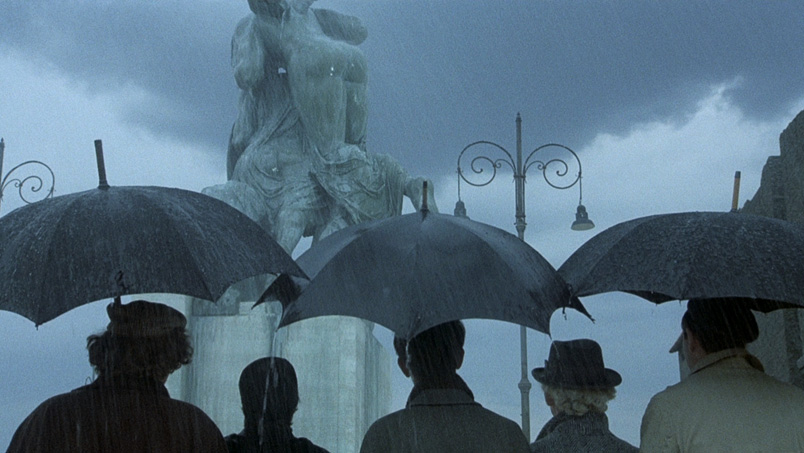
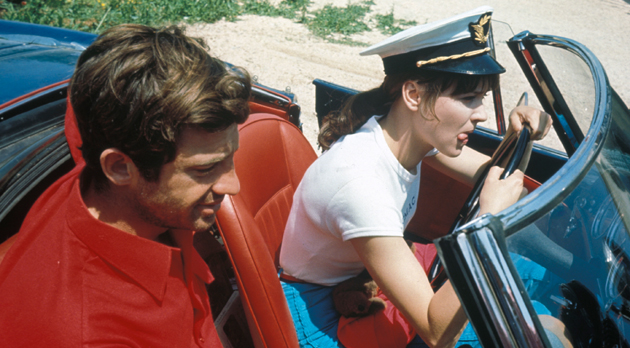
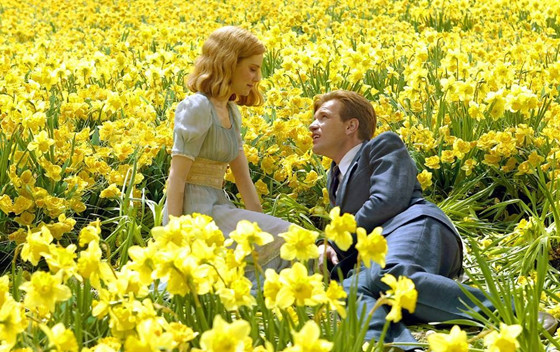

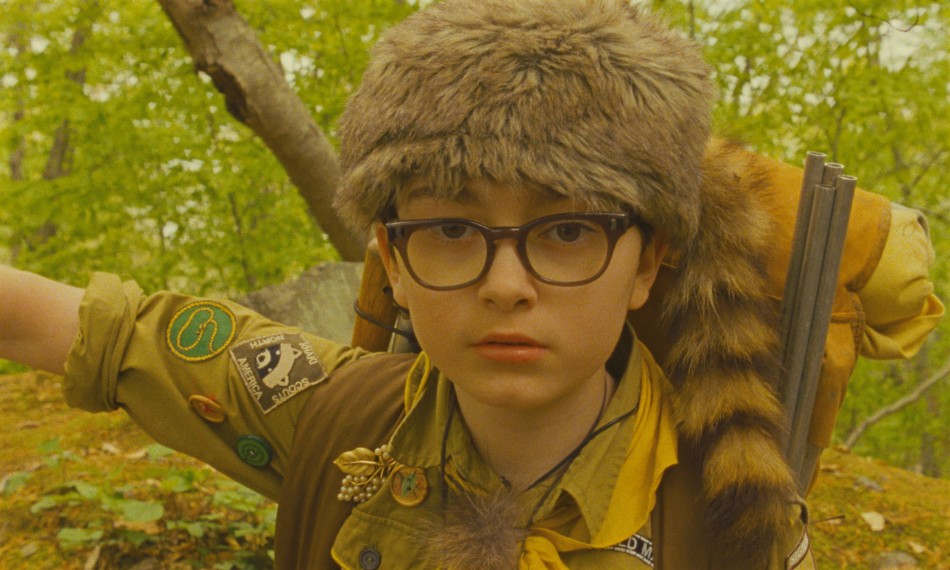
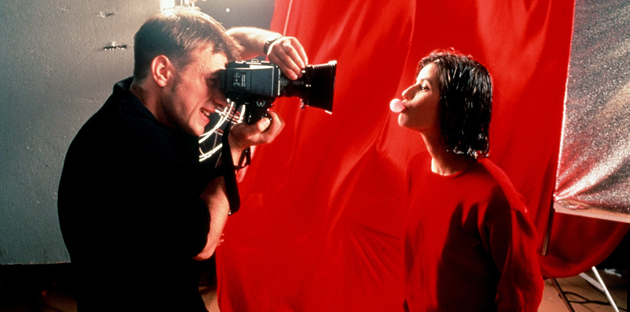
No comments:
Post a Comment